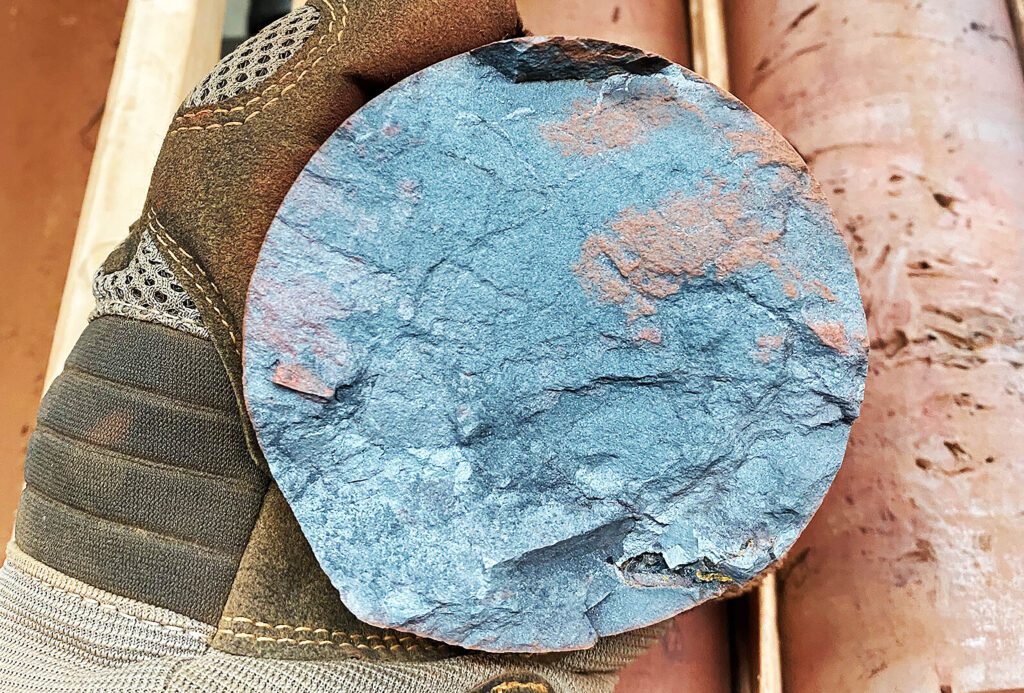The article explores the origins and evolution of the world’s largest iron ore deposits, specifically focusing on the Hammersley region in Pilbara, Australia. Traditionally, it was believed that these deposits formed around 2.2 billion years ago due to oxidation processes. However, new research indicates they are between 1.1 and 1.4 billion years younger than previously thought. This billion-year discrepancy significantly impacts scientific understanding and mining strategies.
Researchers, led by Dr. Liam Courtney Davis from Curtin University, have dated iron-rich minerals using uranium isotopes, revealing that these deposits were formed during major geological events associated with the breakup of the supercontinent Columbia. This led to the creation of high-grade hematite through processes involving heat and oxygen-rich fluids.
The findings suggest that mining operations should shift focus to specific geological structures to discover similar deposits. In 2023, Western Australia supplied about 38% of the world’s iron ore, with significant economic implications as demand for steel continues to rise post-pandemic. The research highlights the importance of understanding geological timelines to refine mining exploration and enhance the efficiency of mineral extraction amidst changing market conditions.
Overall, this study enhances the understanding of ancient geological processes and provides insights for future iron ore exploration, linking academic research with practical mining strategies.
Source link


